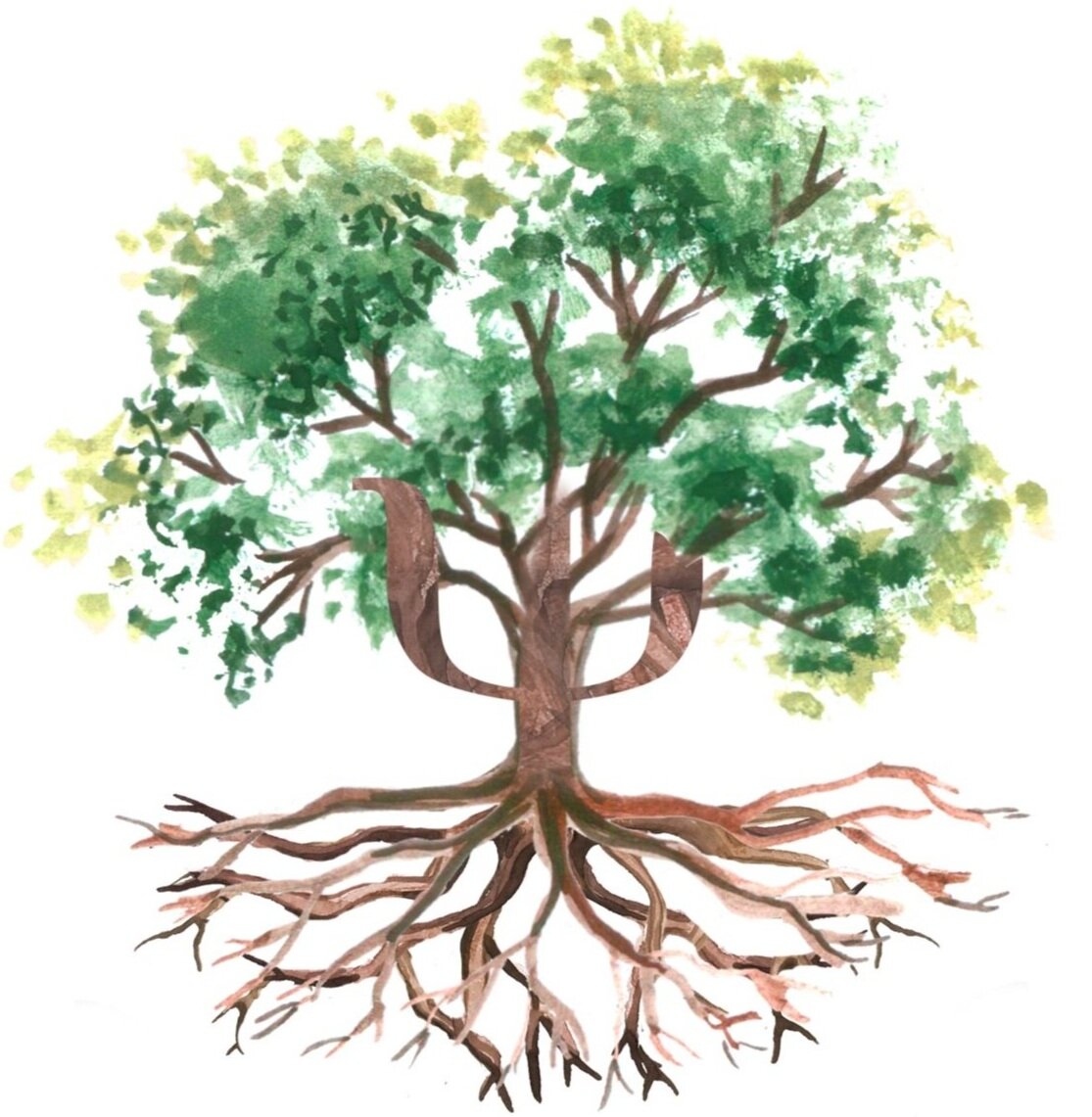Therapies: Transformational Chairwork
What is transformational chairwork?
In its most basic form, transformational chairwork involves two chairs placed apart and facing each other.
One chair is occupied by the client while the other remains empty. Chairwork is sometimes also referred to as the “empty chair technique”.
Chairwork per se is not a form of therapy by itself but is a therapeutic tool. It is often used in Gestalt Therapy. This tool allows clients to visualise “speaking” directly to an aspect of themselves, or a person from their past, present or future. This person may be unavailable for face-to-face communication. For example, they may be a deceased family member, the client’s unborn child or an ex-husband who lives far away.
Why does it work?
Chairwork allows clients to act scenes out and speak from their true inner self. Imagining and acting out these scenes helps with unfinished situations and unmet needs. Chairwork can be used for a range of mental disorders, like mood disorders, personality disorders, childhood trauma and unresolved grief.
How is chairwork conducted in therapy?
Two basic versions of chairwork are the “Empty Chair” and “Two-Chair” versions.
Ψ “Empty Chair” version:
The client occupies one chair while the other chair is “occupied” by an important individual from the client’s past, present or future. The client imagines this individual in the other chair and talks to the person, expressing how they feel and the things they wish to tell the person.
Ψ “Two-chair” version:
The client moves between two chairs during the conversation. In this version, the client also role plays the other person. Clients may also have a conversation with two aspects of themselves. For example, a client who is suffering from substance abuse may speak from the part of self who wants to change and the part that is experiencing inertia to change.
Make an appointment with our clinicians if you feel that you could benefit from Transformational Chairwork.
Credit: Dr. Todd Grande
